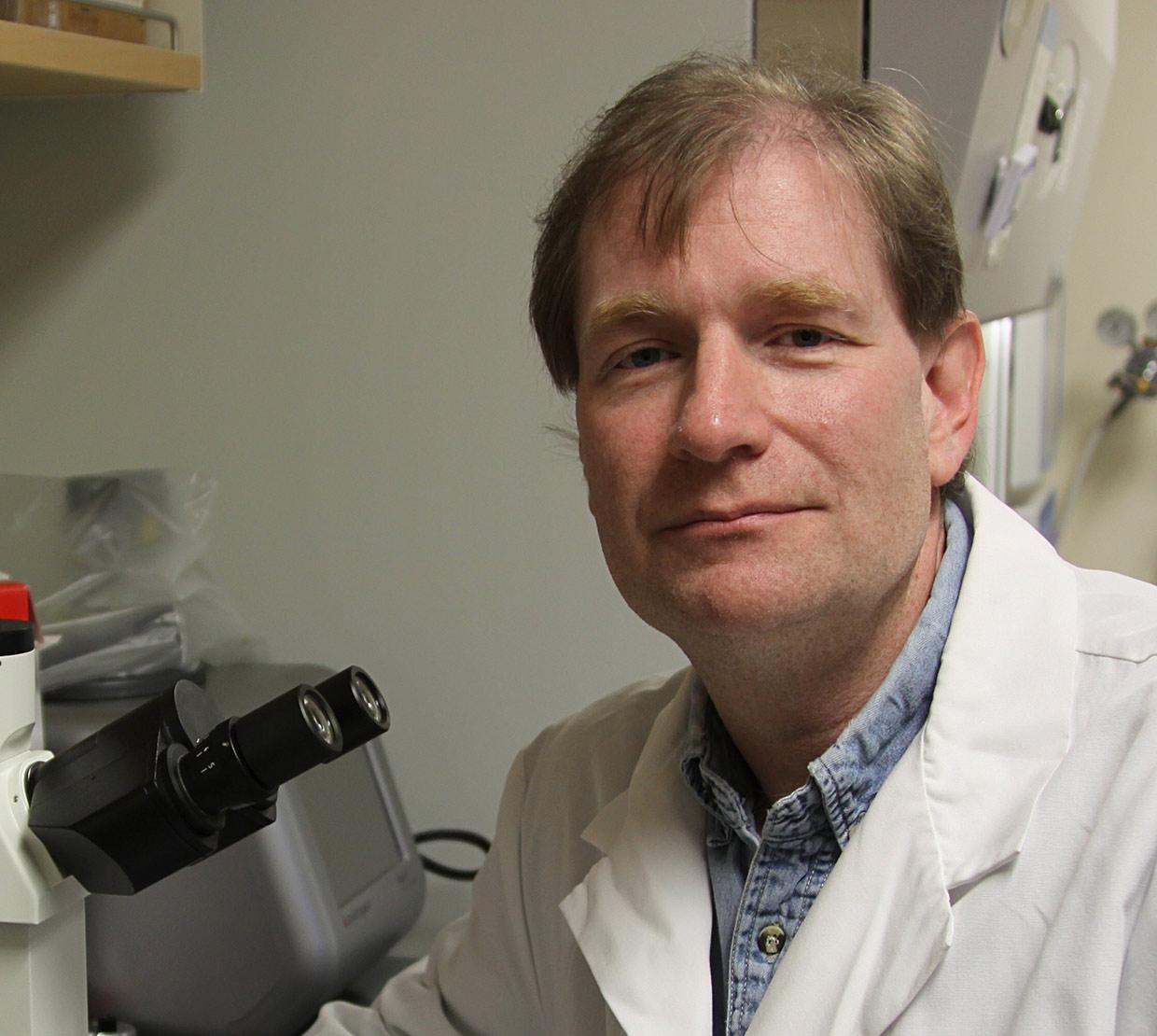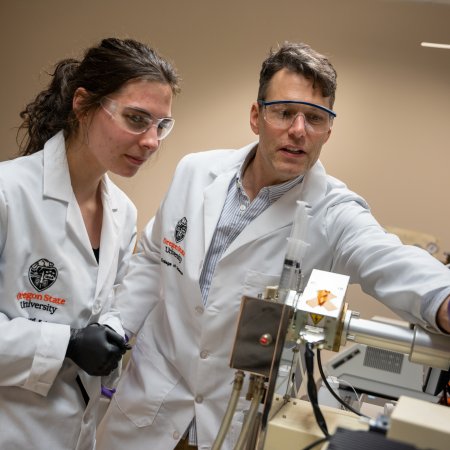Biochemist Adrian Gombart has discovered that nanofiber-based wound dressings loaded with vitamin D spur the production of an antimicrobial peptide, a key step forward in the battle against surgical site infections, or SSIs.
The findings by Gombart and collaborators at OSU, the University of California, San Diego and the VA Nebrakska-Western Iowa Health Care System, published recently in Nanomedicine, are important because SSIs are the most common healthcare-associated infection and result in widespread human suffering and economic loss.
Each year in the U.S. alone, nearly 300,000 surgical patients develop an infection within 30 days of their operation – accounting for an estimated $10 billion in additional healthcare costs – and more than 13,000 of those people die.
Researchers used electrospinning to prepare dressings containing the bioactive form of vitamin D: 1,25-dihydroxyvitamin D3, or 1,25(OH)2D3.
“Electrospinning is a versatile, simple, cost-effective and reproducible technique for generating long fibers with nanoscale diameters,” said Gombart. “Electrospun nanofiber wound dressings offer significant advantages over hydrogels or sponges for local drug delivery. They provide several functional and structural advantages, including scar-free healing.”




